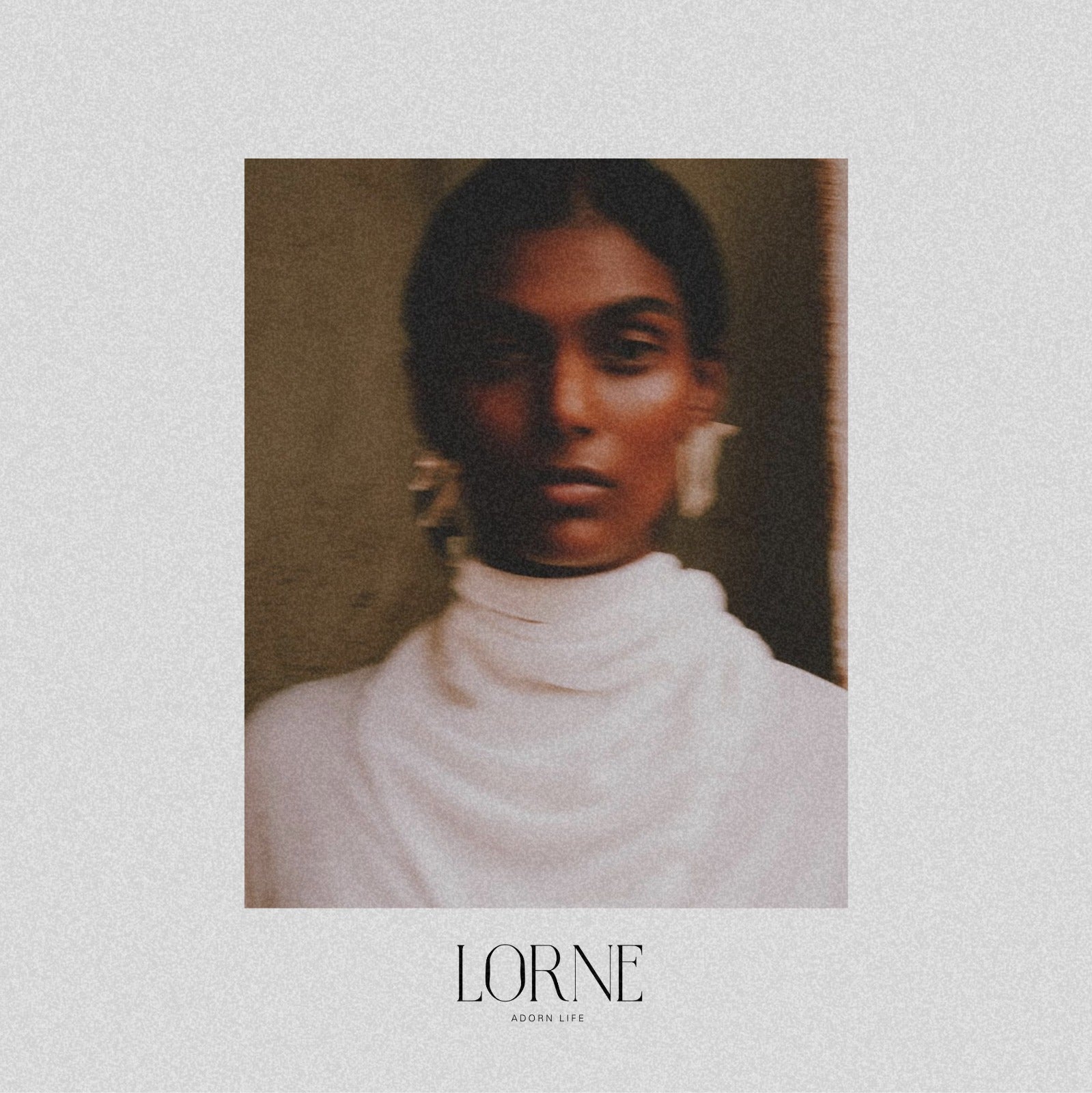Jewellery is a beautiful investment, both emotionally and financially. Whether you’re choosing a piece for yourself or designing something bespoke, understanding the core elements, from metal types to diamond options, setting styles and stone shapes, will help you make confident, lasting decisions. Below is a comprehensive guide to help you navigate your options with clarity and ease.
1. Gold Types
Gold purity is measured in karats (ct), with 24ct being 100% pure gold. Pure gold is soft and not ideal for everyday jewellery, which is why it's mixed with other metals (alloys) for strength and durability.
Gold Karat Breakdown:
-
9ct gold = 37.5% pure gold
-
14ct gold = 58.5% pure gold
-
18ct gold = 75% pure gold
The remainder is made up of alloy metals, which affect both colour and hardness.
Yellow vs. White Gold:
-
Yellow Gold: Retains more of gold's natural colour. Alloys like silver and copper are added to increase strength while keeping the warm hue.
-
White Gold: Mixed with palladium, nickel or zinc to achieve a cooler tone. It is then rhodium-plated to give it a bright white finish. Over time, this plating wears off and needs reapplication to maintain its shine.
Hardness and Malleability:
-
9ct: Hardest and most durable, less malleable.
-
14ct: A good balance between strength and richness of colour.
-
18ct: Softer and more malleable than 9ct, but prized for its warmer tone and higher gold content. Best for those who want luxury with some durability.
Colour Differences:
-
The higher the gold content, the richer and deeper the colour.
-
18ct yellow gold has a buttery, more vibrant tone, while 9ct is typically paler.
Suitability:
-
9ct is budget-friendly and ideal for daily wear.
-
18ct is more luxurious and suited for special pieces.
-
Anything above 18ct is generally too soft for long-term everyday wear and may scratch or bend more easily.
Platinum:
-
Platinum is one of the rarest and most durable metals used in jewellery. It's naturally white, so it doesn’t require plating.
-
It is denser than gold, giving it a noticeably heavier feel and making it ideal for secure stone settings.
-
It is often more expensive per gram than gold but offers unmatched longevity.
-
A great choice for clients who want a robust, hypoallergenic option.
2. Diamond Options
When selecting a centre stone, there are three main options to consider:
a) Natural Diamonds
-
Mined from the earth and formed over billions of years.
-
Carry tradition, sentiment, and a sense of legacy.
-
They continue to be a timeless, valuable choice for clients who cherish the rarity and history of natural stones.
b) Lab-Grown Diamonds
-
Created in a laboratory using high pressure and heat to replicate the natural diamond-growing process.
-
Chemically, physically, and optically identical to natural diamonds.
-
As lab-grown diamonds have become more widely available, they allow for larger sizes at more accessible prices.
-
An ideal option for clients who prioritise size and sparkle within a specific budget.
-
Personal preference is key here. Some clients are drawn to tradition, while others are excited by the innovation and accessibility of lab-created stones.
c) Moissanite
-
First discovered in a meteor crater, moissanite carries a beautiful origin story.
-
Today, it's replicated in laboratories to produce brilliant, high-performing gems.
-
Known for its intense sparkle, moissanite has a higher refractive index than diamonds.
-
Nearly as hard as diamonds (9.25 vs. 10 on the Mohs scale), making it an excellent, durable alternative.
-
A poetic, budget-conscious option that appeals to those who want maximum brilliance.
3. Setting Styles
The setting style not only affects the overall aesthetic but also the security of the stone.
Common Setting Types:
-
Claw/Prong Setting: Features 4, 6, or 8 metal prongs that hold the stone. Variations include:
-
Round prong: Traditional and classic.
-
Talon prong: More pointed, with a modern edge.
-
Petite claw: Slimmer and more delicate.
-
Tag prong: A flatter, broader option.
-
-
Bezel Setting: A metal rim encircles the stone, offering maximum protection. Can be full or half bezel for a more open look.
-
Flush Setting: Stone is set into the band, sitting flush with the surface. Ideal for small accent stones or star-style settings.
-
Pavé Setting: Tiny stones are closely set with small prongs. Creates a continuous sparkle.
-
Channel Setting: Stones are set in a groove between two strips of metal. Clean, modern, and secure.
-
French Pavé: Similar to pavé but with a scalloped design that allows more light to hit each stone.

4. Band Styles & Profiles
The shape and width of your band influences comfort and visual weight.
Band Shapes:
-
Round: Fully curved outer and inner surface.
-
Half Round: Curved on the outside, flat on the inside. A traditional choice.
-
Flat: Straight edge and flat top, with modern minimalism.
-
Comfort Fit: Slightly domed interior for easy wear.
Band Width Examples:
-
1.5mm: Dainty, best for stacking.
-
2mm: Minimal but substantial.
-
2.5mm-3mm: Balanced for durability and elegance.
-
4mm+: Bold and statement-making.
5. High Profile vs Low Profile Rings
-
High Profile: The stone sits higher above the finger, allowing many wedding bands to sit flush against the engagement ring. Visually striking and allows more light into the stone.
-
Low Profile: The stone is set closer to the finger. Better for active lifestyles. May require a contoured wedding band to sit flush.
Note: Rings don’t have to fit flush. Some clients prefer visual spacing or asymmetry. It’s all about preference.
6. Stone Cuts
The shape of your centre stone affects not only the look but how it complements your hand.
Popular Shapes:
-
Round Brilliant
-
Oval (elongates the finger)
-
Emerald
-
Cushion
-
Pear (teardrop)
-
Marquise
-
Princess (square)
-
Asscher
-
Radiant
Orientation also matters:
-
A long stone (e.g., oval, marquise, emerald) set lengthwise can elongate the finger.
Final Thoughts
Choosing or designing a jewellery piece is deeply personal. Whether you're working within a budget, honouring a tradition, or exploring new trends, understanding these elements will help you find something that feels right for you.
At Lorne, we’re here to help you navigate the process with care, creativity and expert knowledge. If you have questions or want to start designing a custom piece, don’t hesitate to reach out.


